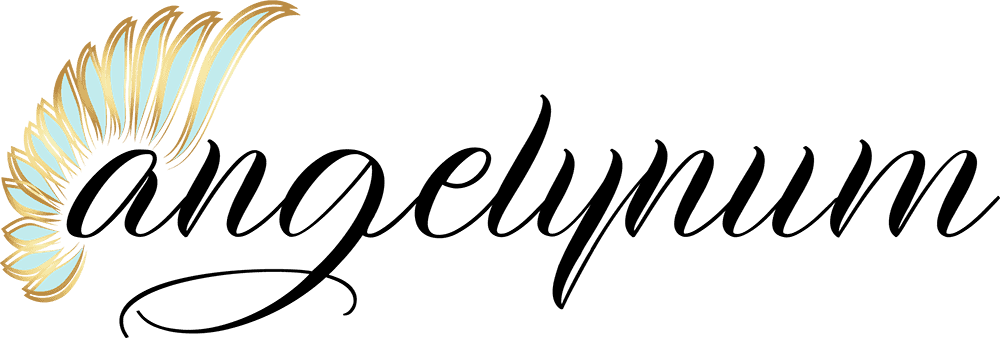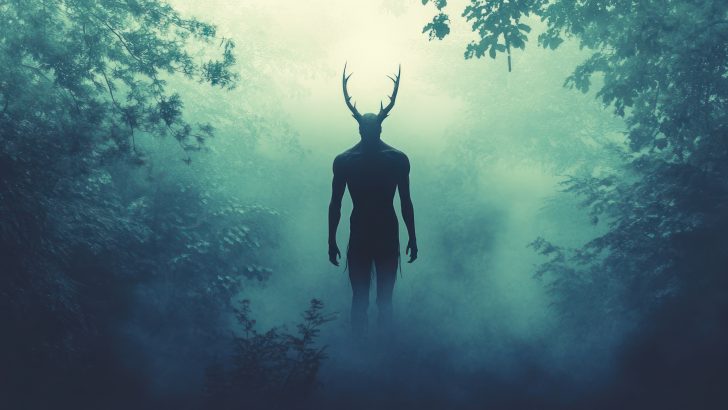The world is full of monsters – some celebrated, others forgotten.
We know the dragons, the vampires, the mermaids. But beneath the surface of popular lore and folklore lie even stranger, more curious beings.
Their stories are odd, obscure, and oddly beautiful – glimpses into how cultures once imagined the surreal and the uncanny.
So, let’s wander off the well-lit path and explore 10 mythological creatures you’ve probably never heard of.
1. Selkie (Celtic Folklore)
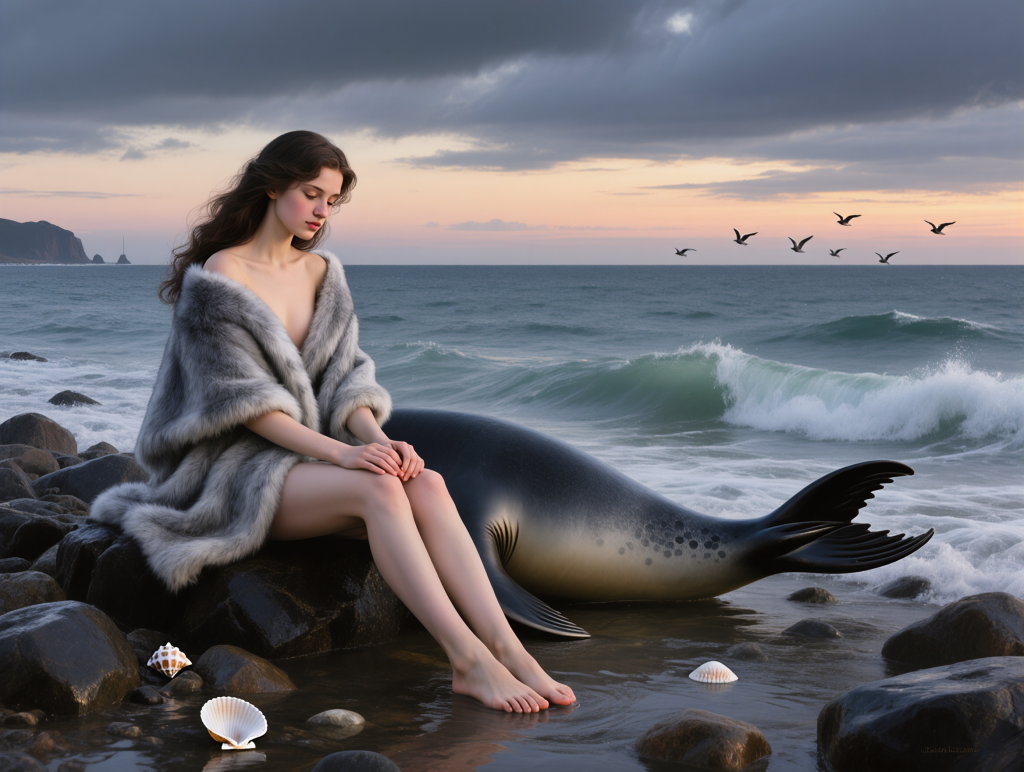
Selkies are the sea’s most reluctant visitors, shapeshifters born of salt 和 悲伤.
In Celtic folklore, particularly among the Scots and Irish, these creatures take the form of seals in the water, but shed their skins to walk the land as hauntingly beautiful men or women.
Their stories are rarely joyful. A misplaced skin, a stolen one, and suddenly the selkie is bound to a human life it did not choose. They marry, bear children, and yet their eyes always search the horizon.
For the selkie, land is exile. And the sea, however cold, is always home.
2. Kelpie (Scottish Folklore)
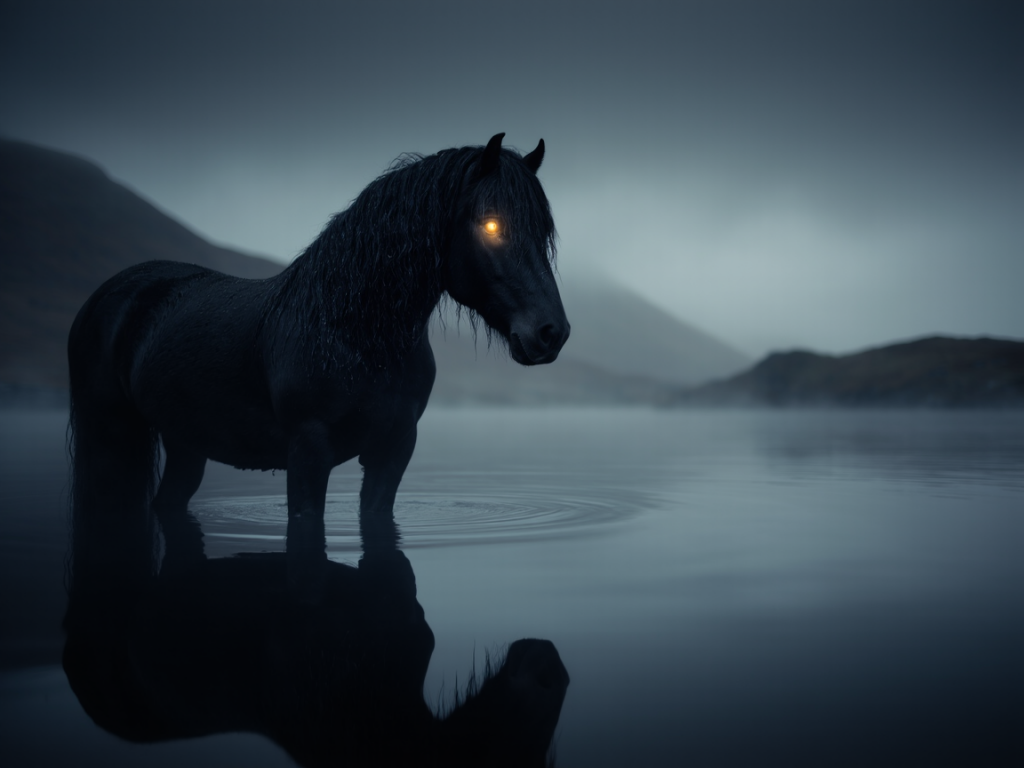
The Kelpie is the loch’s most elegant liar, a water spirit cloaked in charm and soaked in menace.
Most often, it appears as a fine black horse lingering by the water’s edge, its coat slick with a glassy sheen, eyes full of invitation. But to mount a Kelpie is to surrender to death.
The moment a rider climbs on, they are bound fast, dragged beneath the surface, and never seen again.
Sometimes, the Kelpie appears as a handsome man, soaked to the skin and oddly flawless.
It’s a creature of lures 和 幻想, deceptive beauty.
3. Jorōgumo (Japanese Folklore)
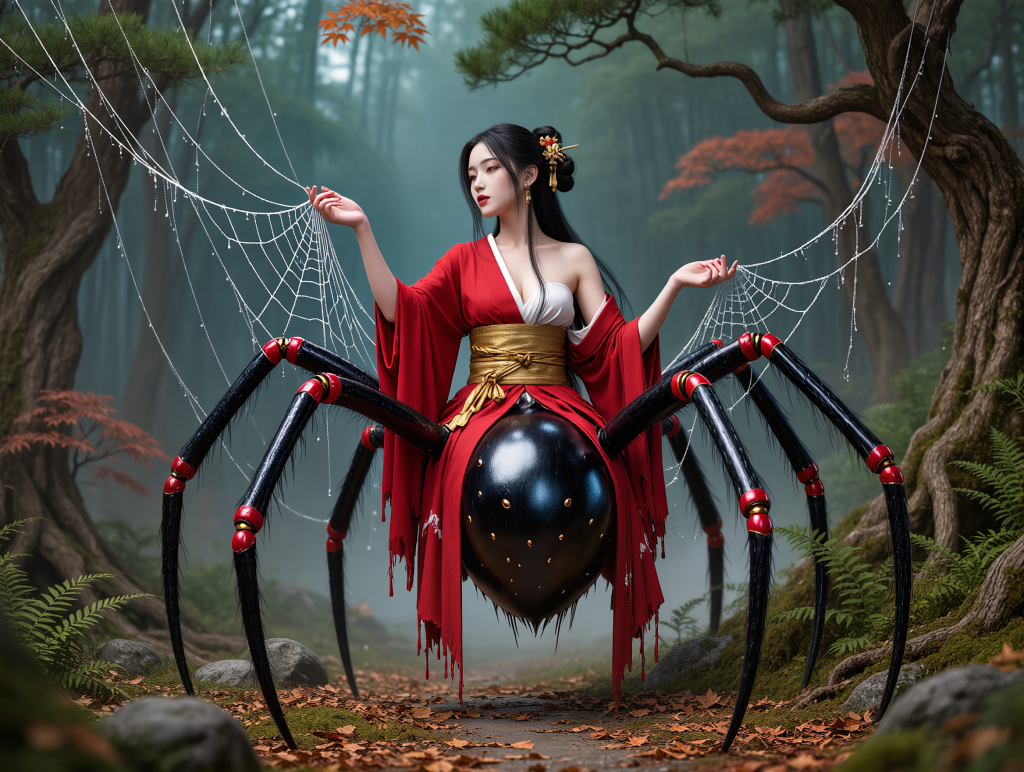
The Jorōgumo is the kind of beauty best admired from a great distance – or not at all.
In Japanese folklore, she is a spider demon who takes the form of a stunning woman, her silk spun not just into webs, but into seduction itself.
She lures wandering men into quiet rooms or forest glades, where time begins to blur. By the time they notice the glint of fangs or the silken threads winding around their limbs, it’s far too late.
To desire her is to walk willingly into the web.
4. Bakunawa (Philippine Mythology)
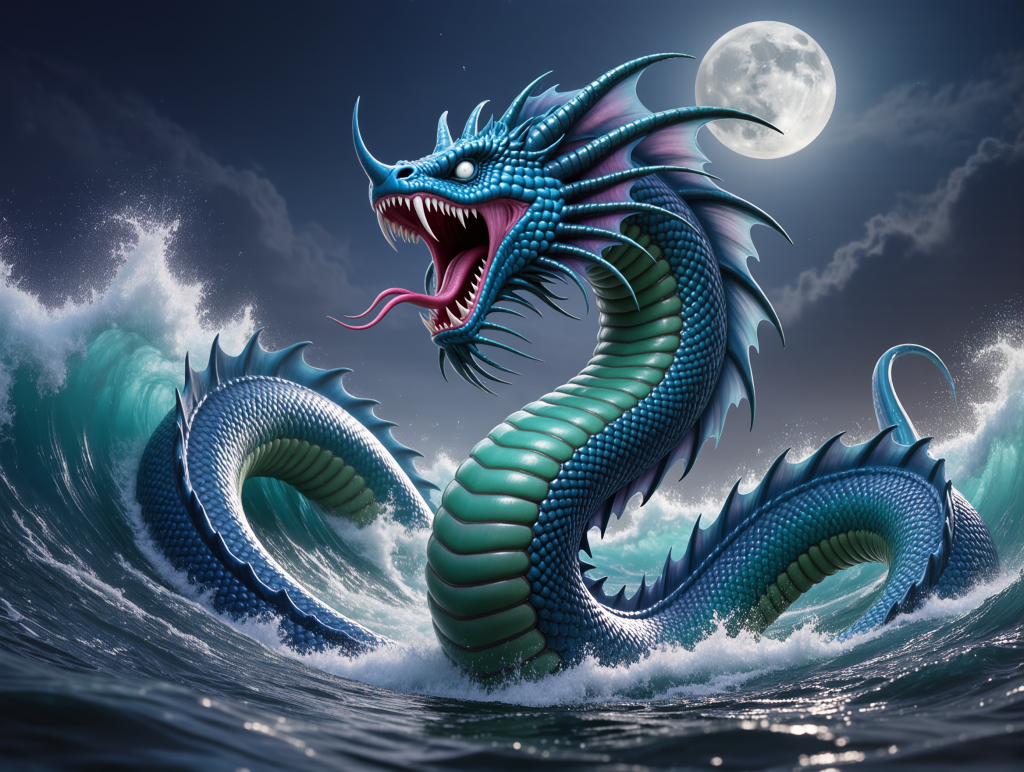
The Bakunawa is not just a dragon. It is the sky’s hunger made flesh.
In Philippine mythology, this great serpent lives beneath the ocean, but rises into the heavens to swallow the moon whole.
Long ago, story goes, there were seven moons lighting the night. One by one, the Bakunawa devoured them, drawn by their silver beauty, leaving only the last – saved by gongs, prayers, and the desperate pleading of terrified mortals.
这是一个 creature of longing, not malice. And even now, when the moon fades in eclipse, many say the Bakunawa has returned to try again.
5. Tarasque (French Folklore)
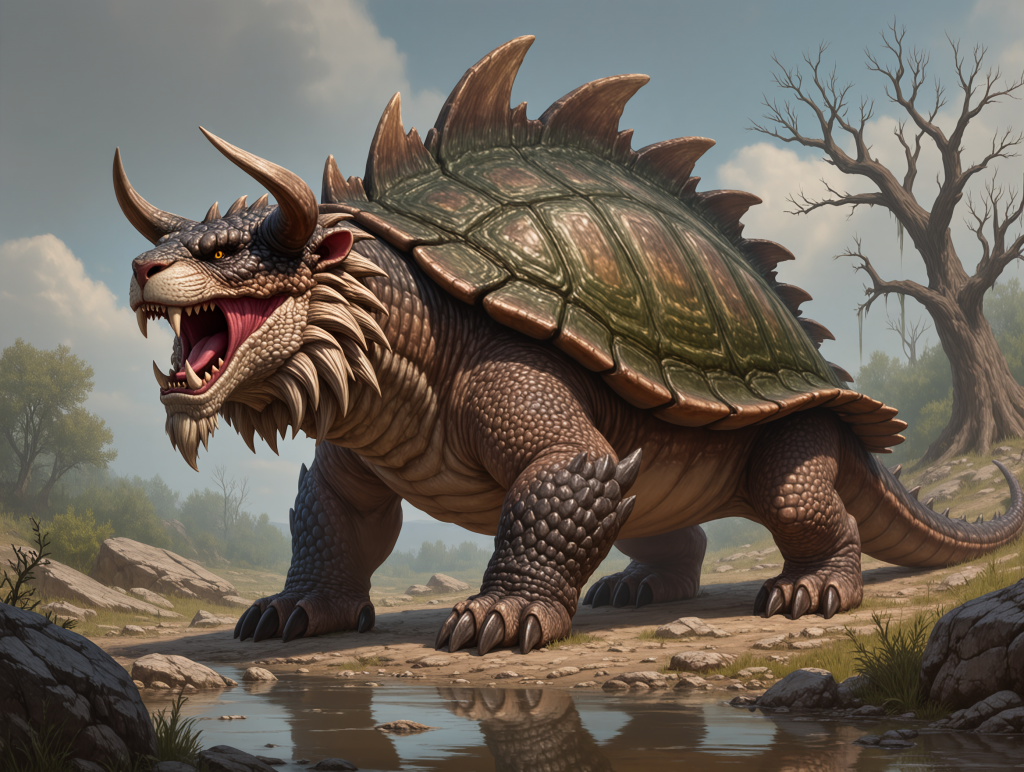
The Tarasque is a beast stitched from contradictions – part lion, part dragon, part turtle, and entirely impossible.
In the folklore of southern France, it terrorized the countryside near the Rhône, impervious to weapons. Its eyes blazed, its breath burned, and yet it was undone not by sword or spear, but by the quiet grace of Saint Martha.
She approached with hymns and calm, and the monster, feared by men, was tamed like a lamb.
It’s a tale not of conquest, but of gentle compassion. A kind of reminder that even monsters may pause and reconsider for kindness.
6. Nian (Chinese Mythology)
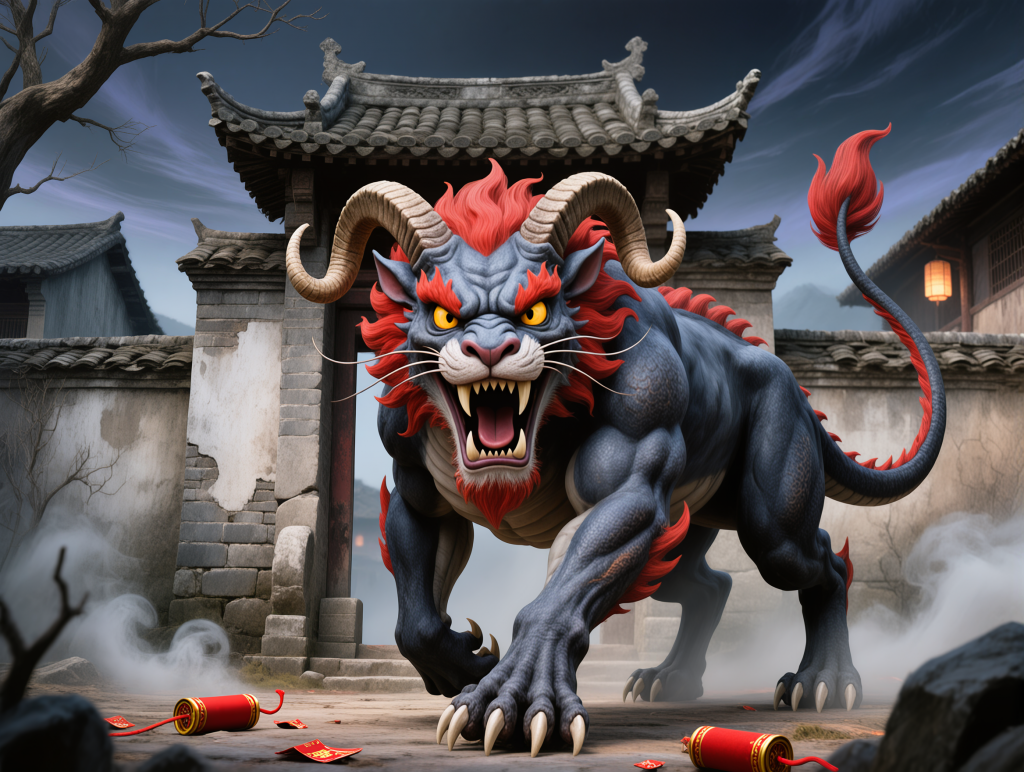
The Nian is a creature of endings and beginnings, a beast that awakens with the new year and must be driven back into slumber.
Chinese mythology describes that it lives in the mountains or beneath the sea, emerging each year to prey upon villages, devouring crops, livestock, and sometimes even children.
But it fears three things: loud noise, bright light, and the color red.
So people lit firecrackers, hung crimson banners, and wore red clothes, not just to celebrate, but to survive.
Today, the Nian is half forgotten beneath the fireworks. But the ritual remains – a festival shaped by fear.
7. Valravn (Danish Folklore)
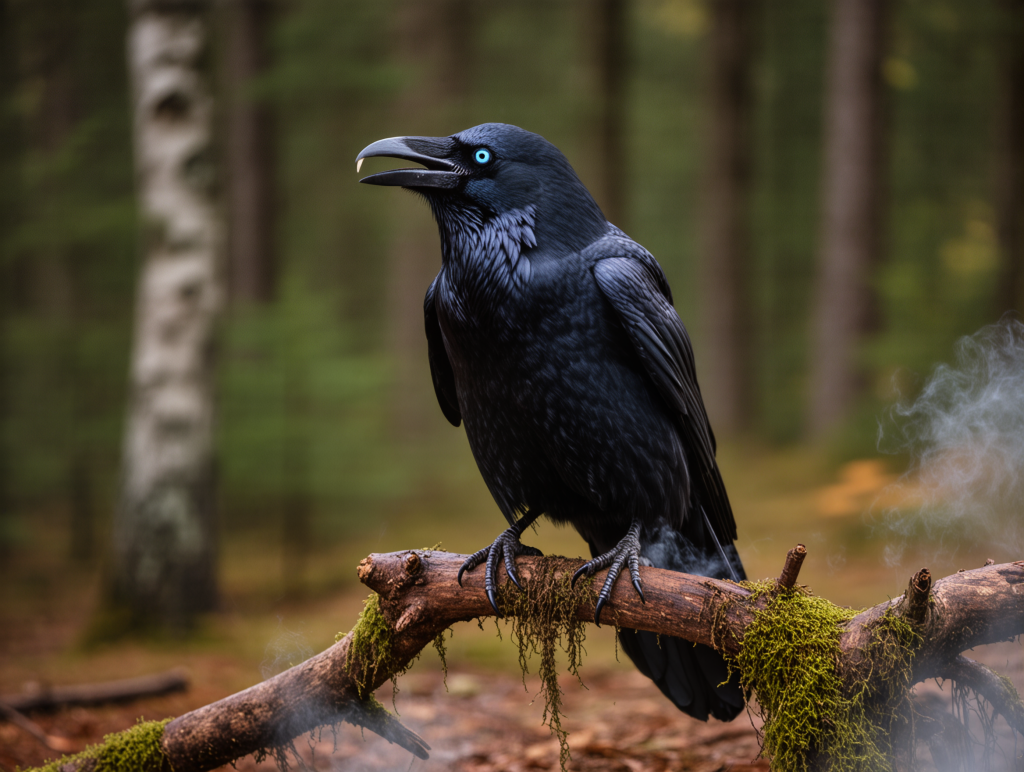
The Valravn is a raven twisted by 黑暗 和 tragedy. It’s a creature born from the souls of fallen warriors in Danish folklore.
Said to feast on the hearts of the dead, these spectral birds are both feared and misunderstood.
Sometimes, a Valravn takes human form, a shadow of a knight or noble, cursed to wander between worlds. They are creatures of sorrow and vengeance, forever bound to the battlefield’s silence and the secrets it keeps.
To glimpse a Valravn is to peer into the edge of death – where beauty and despair intermingle.
8. Hiisi (Finnish Mythology)
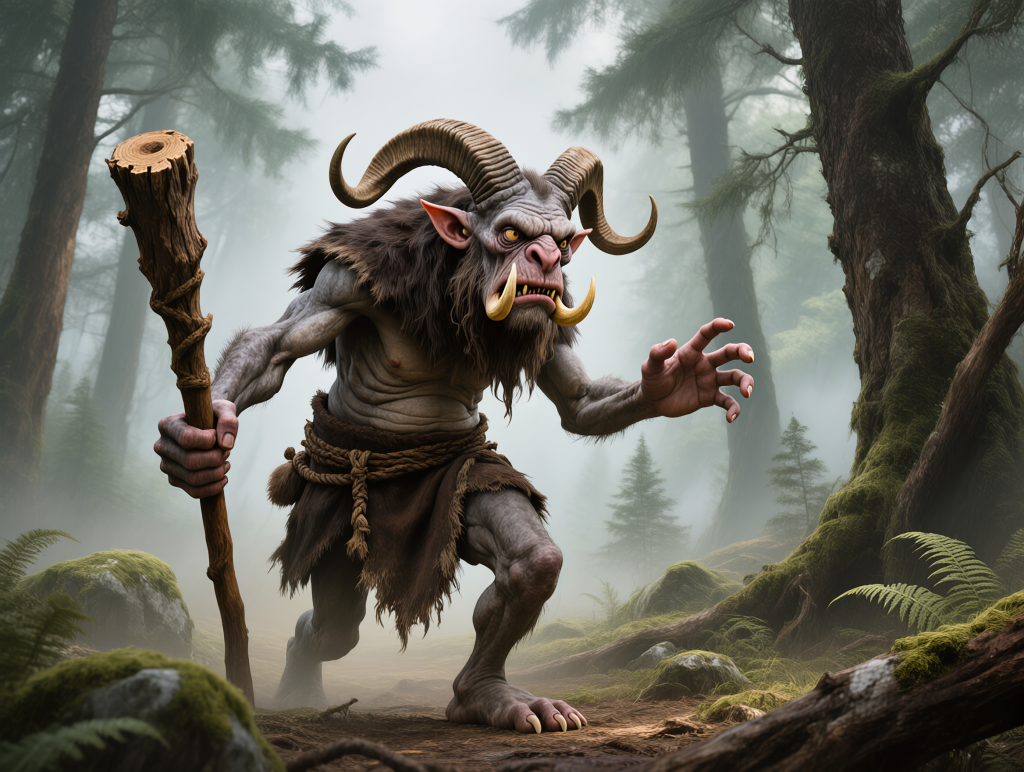
Hiisi are spirits of the wild places, ancient, capricious, and often dangerous.
In Finnish mythology, they haunt forests, rocks, and sacred groves, neither evil nor kind, but unpredictable forces of nature.
Sometimes they appear as grotesque giants, other times as tiny, mischievous creatures, playing tricks on travelers or guarding forgotten treasures.
They are guardians of the old world, reminders that nature holds secrets beyond human control.
9. Akhlut (Inuit Mythology)
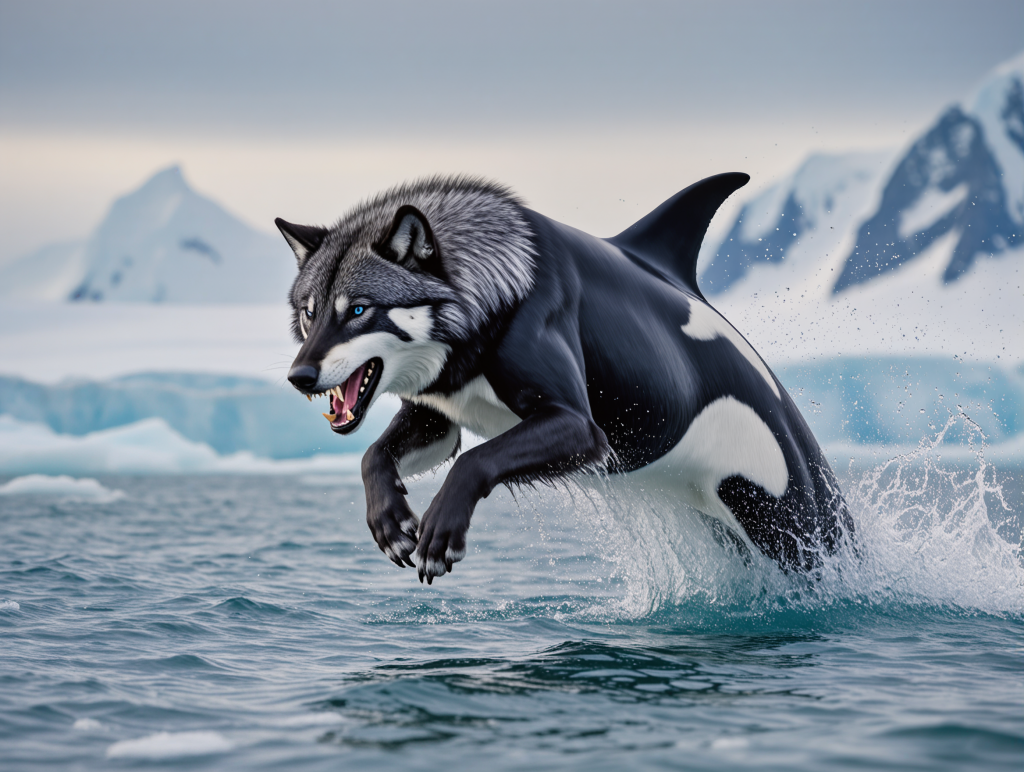
In the frozen Arctic, the Akhlut reigns, a creature that slips between two worlds.
Part wolf, part killer whale, it is as much a force of nature as a spirit of myth.
One moment, it prowls the snow-covered tundra with lupine grace; the next, it disappears beneath the ice, emerging as a massive orca.
The Akhlut is both hunter 和 guardian, a shape-shifter embodying the stark beauty and brutal dangers of the North.
10. Nuckelavee (Orcadian Folklore)
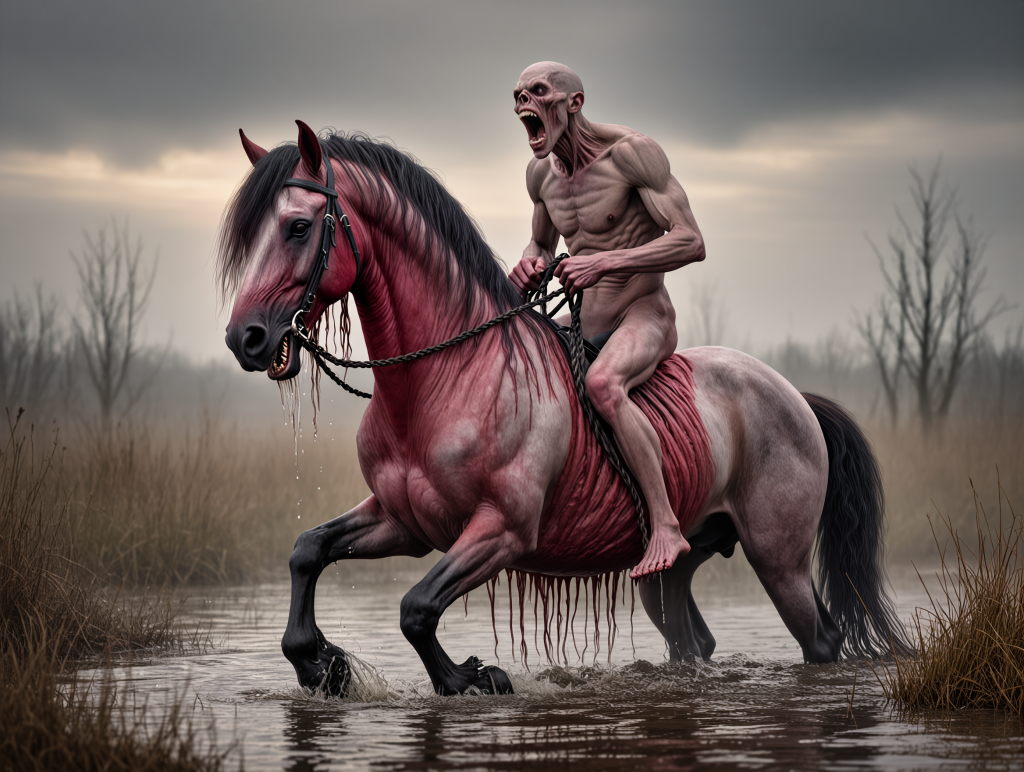
From the Orkney Islands comes the Nuckelavee, a terror unlike any other.
The Nuckelavee is a horse stripped bare of skin, muscles, and veins pulsing in the open air, its breath a poisonous fog that blights the land.
Attached grotesquely to the horse’s back is a humanoid torso, twisted and raw, forming a single horrifying being. It gallops relentlessly, spreading 病症 和 感到绝望 wherever it roams.
The Nuckelavee is not merely a monster, but an embodiment of a land’s darkest fears.
